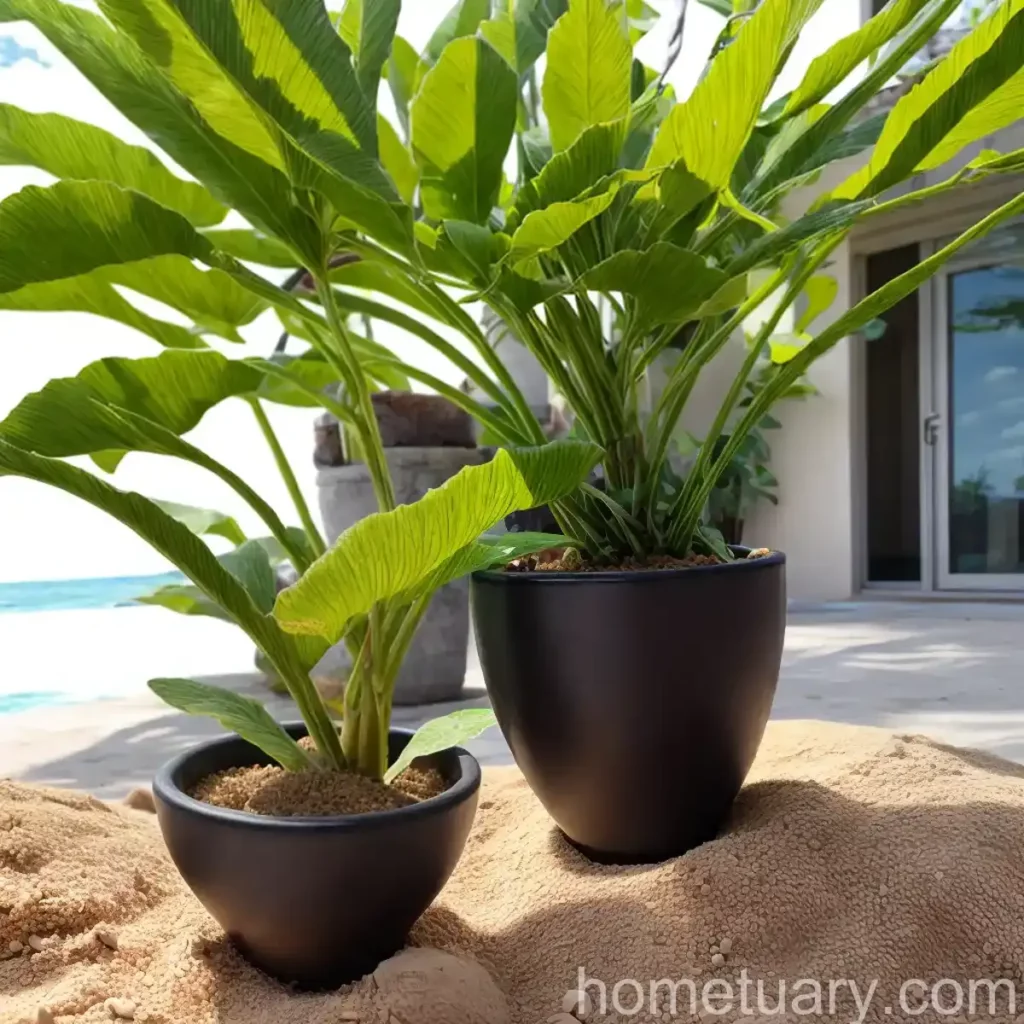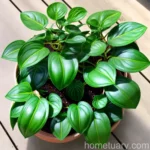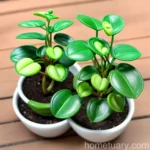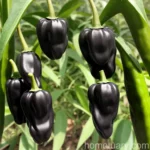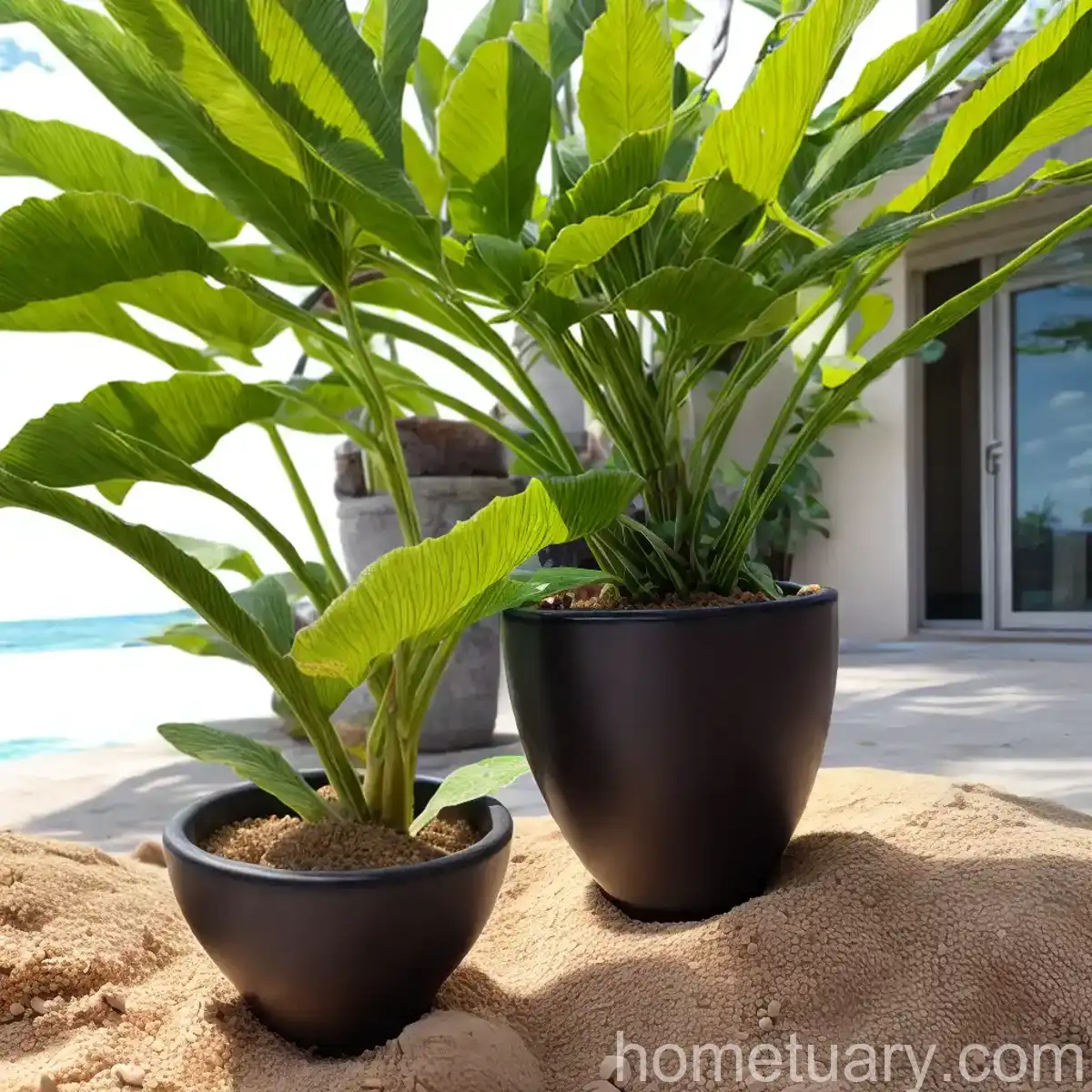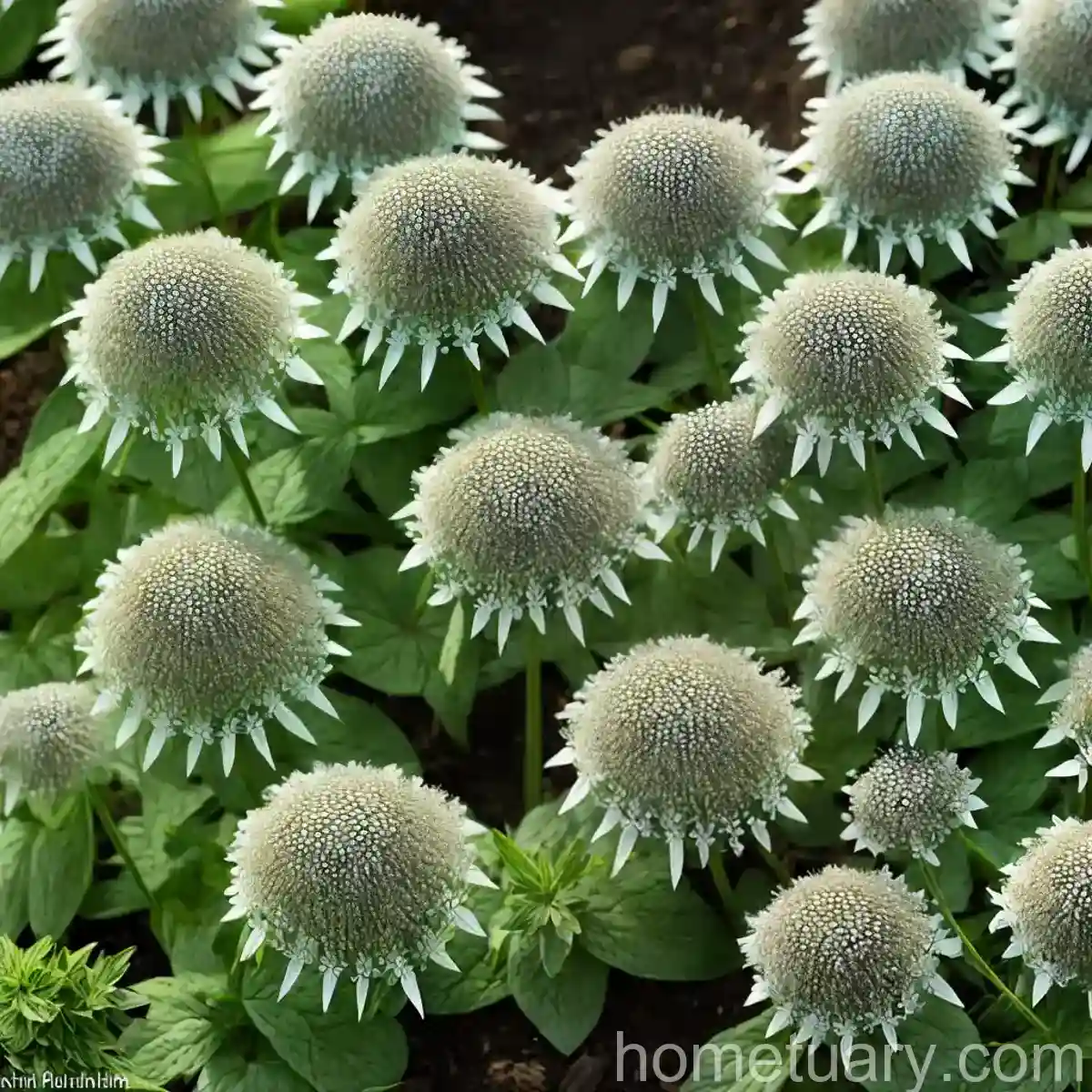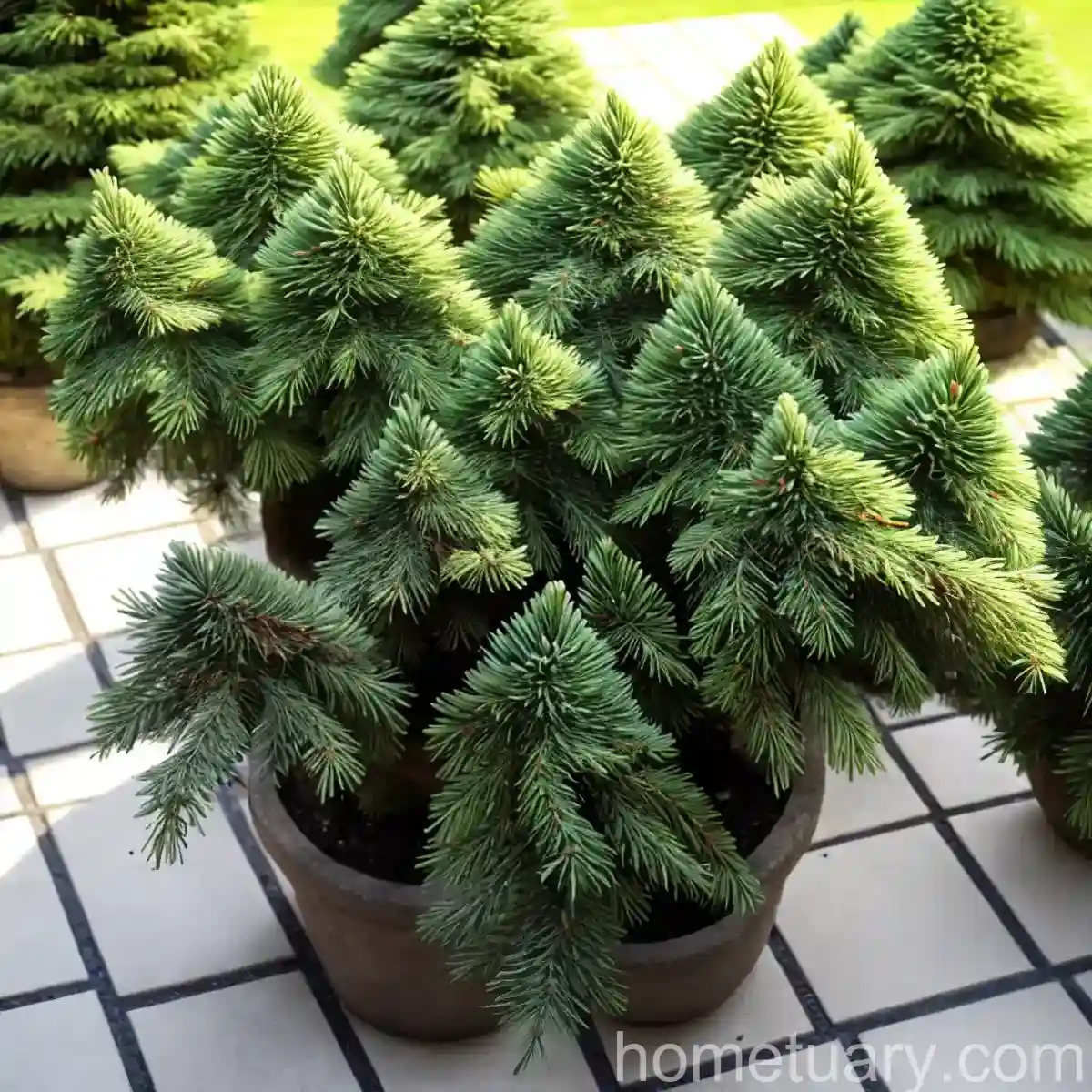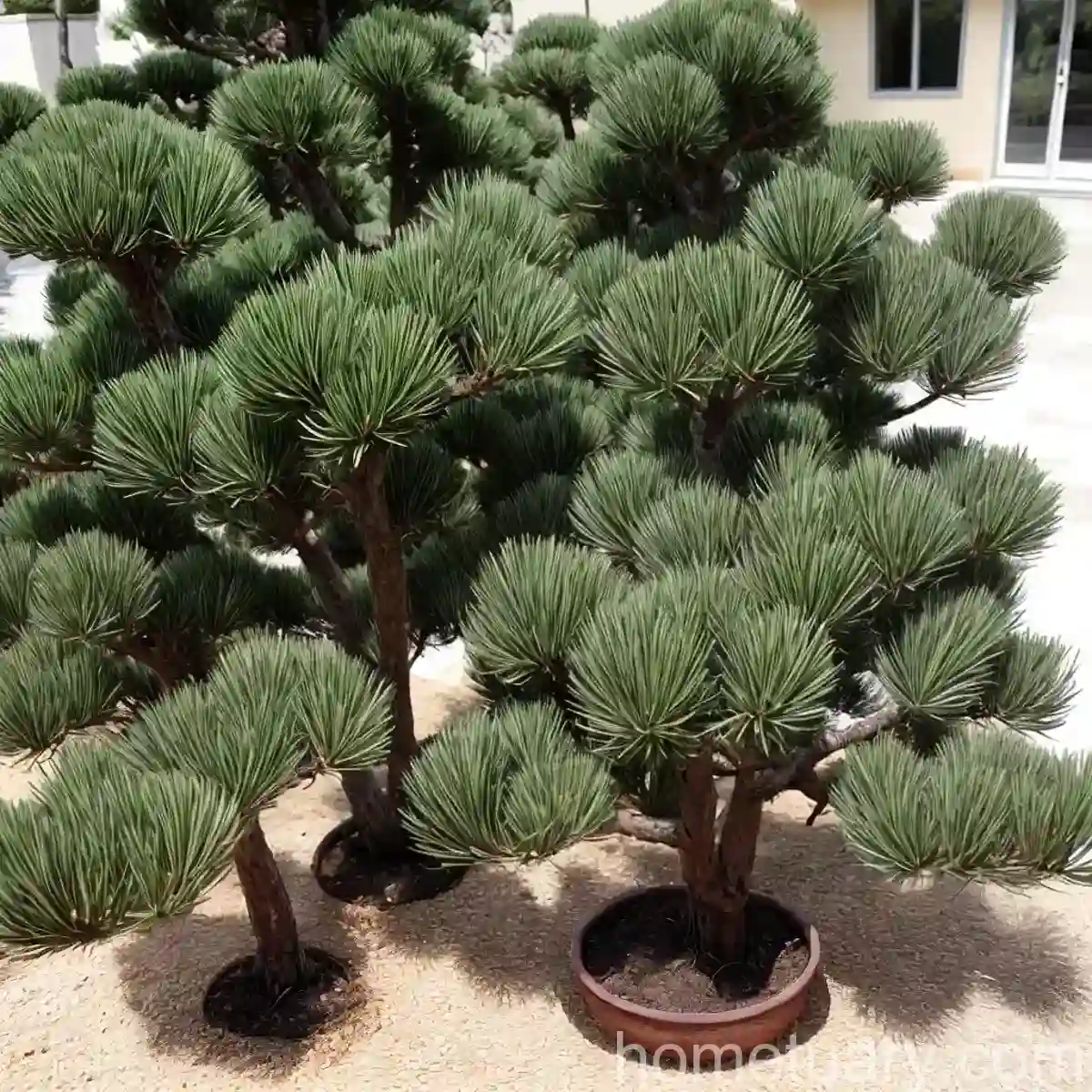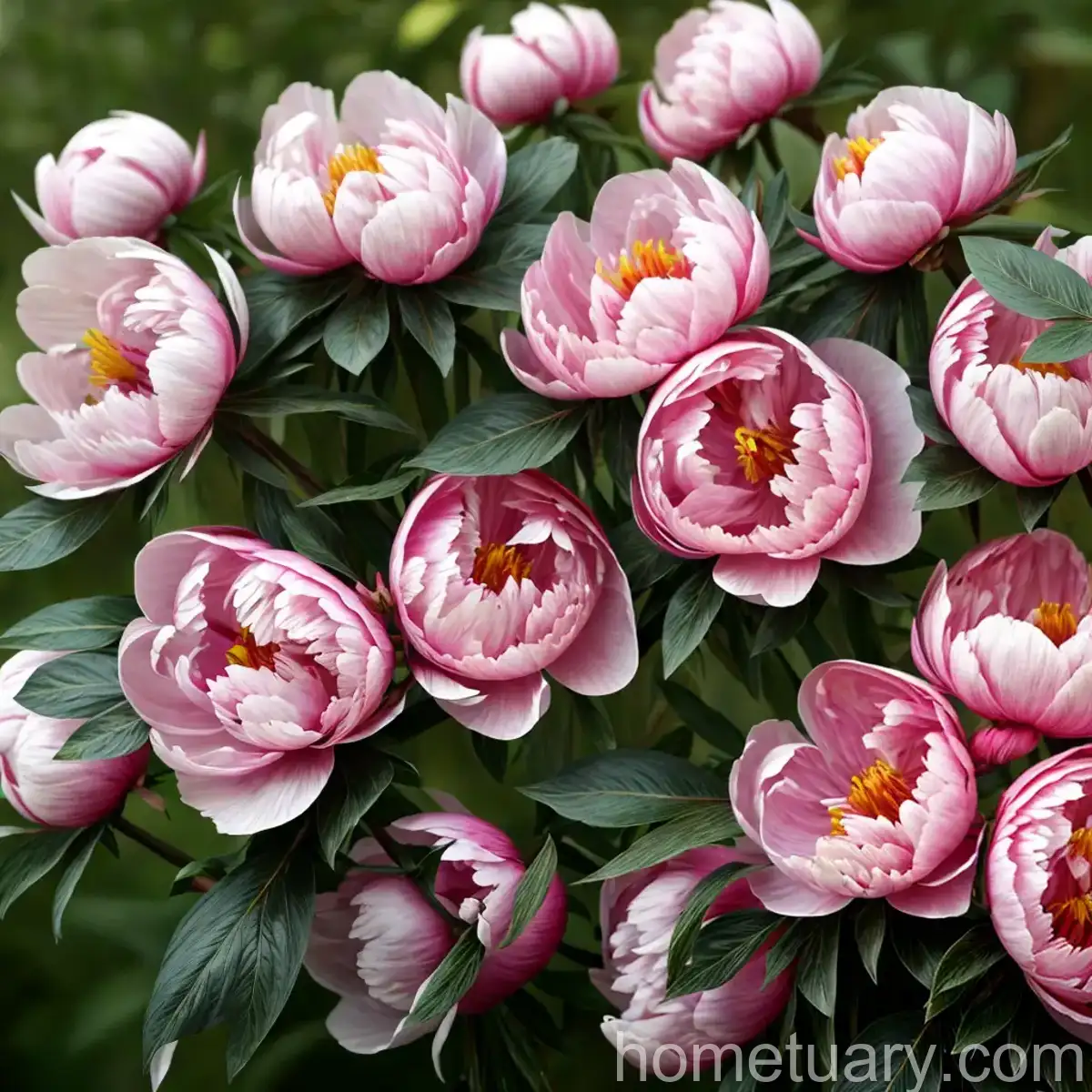Kava (Piper methysticum): A Fascinating and Historical Plant
Kava (Piper methysticum) is a remarkable plant deeply ingrained in the cultural and social practices of the Pacific Islands. With a rich history of traditional use and significant cultural importance, kava has garnered attention for its potential therapeutic properties and has become a subject of interest for researchers and enthusiasts alike. In this extensive guide, we will delve into the diverse facets of this plant, exploring its cultural significance, botanical characteristics, cultivation requirements, medicinal uses, and interesting facts.
What is Kava (Piper methysticum)?
Piper methysticum, commonly known as kava, is a perennial shrub belonging to the pepper family (Piperaceae). It is indigenous to the Pacific Islands, including Fiji, Vanuatu, Tonga, and Samoa, where it holds immense cultural significance. The plant’s defining feature is its robust, vertical growth, characterized by heart-shaped leaves and long, stout rhizomes that are the source of its valuable compounds.
The key bioactive compounds in kava are known as kavalactones, which are believed to be responsible for its psychoactive and anxiolytic effects. Traditionally, kava has been used in the form of a beverage made by macerating and infusing the root with water.
Key Takeaways – Kava (Piper methysticum)
Before we delve deeper into the various aspects of kava, let’s take a look at some key takeaways about this fascinating plant:
- Scientific Name: Piper methysticum
- Cultural Significance: Deeply rooted in the traditions and ceremonies of the Pacific Islands
- Medicinal Uses: Known for its anxiolytic, sedative, and potential therapeutic properties
- Cultivation: Requires well-drained soil, ample sunlight, and regular watering
- Common Diseases: Susceptible to fungal infections and root rot
- Propagation: Typically propagated through stem cuttings or rhizome divisions
- Container Growing: Feasible with proper care and attention
Now that we have an overview of kava, let’s explore its various aspects in detail.
Culture
The cultural significance of kava cannot be overstated, particularly in the Pacific Island communities where it is deeply intertwined with social, spiritual, and ceremonial practices. Kava holds a revered status in many traditional ceremonies, serving as a symbol of unity, respect, and community bonding. The preparation and consumption of kava carry profound cultural meanings, and the plant is often used as a medium for resolving disputes and fostering interpersonal connections.
In addition to its ceremonial importance, kava has been an integral part of traditional medicine and healing practices in the Pacific Islands. Revered for its potential anxiolytic and relaxing effects, kava has been used for generations to alleviate stress, promote relaxation, and facilitate communal gatherings.
The rituals surrounding kava consumption are often accompanied by intricate protocols and customs, adding to the plant’s cultural significance. Furthermore, kava’s role in traditional ceremonies extends to its usage in various rites of passage, spiritual gatherings, and social events, underlining its pervasive presence in the cultural fabric of the Pacific Island communities.
Uses
Medicinal Uses
Kava has garnered significant attention for its potential medicinal properties, particularly its anxiolytic and relaxing effects. In traditional Pacific Island medicine, kava has been used to alleviate anxiety, induce relaxation, and promote a sense of tranquility. The plant’s sedative properties have made it a sought-after remedy for stress-related ailments and mental well-being.
Moreover, researchers have been investigating the potential therapeutic benefits of kava, exploring its properties as an alternative to conventional anxiolytic medications. While the regulatory landscape and commercial availability of kava-based products vary across different regions, the interest in its potential health benefits continues to propel scientific inquiry and consumer interest.
Cultural and Social Uses
In addition to its medicinal applications, kava remains an integral part of social and cultural gatherings in the Pacific Islands. The beverage derived from kava root holds a symbolic significance in communal settings, where it is often consumed during traditional ceremonies, social events, and informal gatherings. The act of sharing kava fosters a sense of camaraderie and unity, reinforcing its cultural significance.
Plant Care
Successfully cultivating kava plants requires a nuanced understanding of their specific environmental and care requirements. From suitable soil conditions to optimal sunlight exposure, attending to these factors is crucial in nurturing healthy kava specimens.
Water
Kava plants thrive in consistently moist soil, necessitating regular watering to maintain optimal growth conditions. However, it’s essential to strike a balance, as excessive waterlogging can lead to root rot, a common issue in kava cultivation. Ensuring well-drained soil and monitoring the moisture levels is essential for the plant’s overall health.
Sunlight
Ample sunlight is pivotal for the healthy growth of kava plants. Providing them with partial to full sunlight exposure is recommended, as it facilitates robust foliage development and supports the plant’s metabolic processes. In regions with hot climates, providing partial shade during the hottest part of the day can prevent sunscald and dehydration.
Fertilizer
While kava plants are not heavy feeders, they can benefit from periodic fertilization to support their growth and nutrient uptake. A balanced, organic fertilizer with a focus on potassium and phosphorus can support the development of healthy rhizomes and lush foliage. However, it’s imperative to avoid excessive fertilization, as it can lead to nutrient imbalances and potential damage to the plant.
Soil
The ideal soil for kava cultivation is well-drained with a slightly acidic to neutral pH range. Loamy or sandy soils with good aeration and moisture retention are suitable for supporting the growth of kava plants. Aeration is crucial to prevent waterlogging, which can compromise the health of the plant. Conducting a soil test and amending the soil as per the findings can create an optimal growing environment for kava.
Pruning
Pruning plays a role in maintaining the shape and health of kava plants. Regularly removing dead or damaged foliage, as well as any aerial shoots, promotes air circulation and prevents the onset of diseases. Additionally, pruning can help manage the size of the plant, particularly in container-grown specimens, ensuring they remain compact and manageable.
Propagation
Kava plants can be propagated through two primary methods: stem cuttings and rhizome divisions. Stem cuttings involve the use of healthy, disease-free stems from mature plants, which are then rooted in a suitable growing medium to facilitate the development of new plants.
Rhizome divisions, on the other hand, entail separating the rhizomes of an established plant into sections, each containing viable buds or growth points. These sections are then planted in individual containers or prepared beds to initiate the growth of new kava plants.
Container Cultivation
For enthusiasts with limited outdoor space or those residing in regions with unsuitable climates for direct cultivation, growing kava in containers presents a viable alternative. Selecting large, well-draining containers and providing adequate space for root development is crucial for the successful container cultivation of kava plants.
Container-grown kava plants require attentive monitoring of soil moisture, as they can be more susceptible to drying out compared to their counterparts in the ground. Additionally, ensuring proper drainage and utilizing a well-balanced potting mix can contribute to the health and vigor of container-grown kava specimens.
Popularity
Kava’s popularity has transcended its traditional confines, gaining attention and recognition on a global scale due to its potential therapeutic properties and cultural allure. As awareness of its historical significance and purported health benefits has grown, kava has garnered a dedicated following among enthusiasts of traditional medicine, natural remedies, and herbal supplements.
Modern interest in kava has resulted in an increased availability of kava-based products, including supplements, tinctures, and beverages, catering to an expanding consumer base seeking natural alternatives for stress management and relaxation.
Common Diseases
As with any plant, kava is susceptible to certain diseases and pests that can impact its growth and overall well-being. Understanding the prevalent diseases and potential pest threats is vital for implementing proactive measures to safeguard kava plants.
Disease Diagnosis
Several diseases can affect kava plants, with fungal infections presenting a significant threat. Anthracnose, caused by Colletotrichum gloeosporioides, is a noteworthy disease that can lead to leaf spot and lesions on kava foliage. Additionally, Phytophthora root rot poses a serious risk, primarily in instances of soil waterlogging or excessive moisture.
Systematically monitoring the foliage and roots for signs of disease, including discoloration, lesions, and wilting, can facilitate early diagnosis and intervention. Promptly addressing any suspected disease issues through appropriate fungicidal treatments or cultural practices is essential for preventing the spread of infections.
Common Pests
Kava plants are susceptible to pest infestations, with certain insects posing a threat to their health and vitality. Among the common pests that affect kava, the kava flea beetle (Paratomostethus sp.) and armoured scale insects (Diaspididae family) are significant concerns.
The kava flea beetle, in particular, can cause substantial damage to kava leaves and reduce the overall vigor of the plant. Employing targeted pest management strategies such as the use of horticultural oils, insecticidal soaps, or biological control agents can help mitigate the impact of these pests on kava plants.
Botanist’s Tips
To ensure the successful cultivation and maintenance of kava plants, it is essential to heed the following tips from a botanist:
- Choose the Right Location: Select a site with well-drained soil and ample sunlight for planting kava.
- Monitor Moisture Levels: Regularly check the soil moisture and maintain a balance to prevent waterlogging or dehydration.
- Prune Diligently: Engage in regular pruning to remove dead or damaged foliage and promote healthy growth.
- Implement Disease Control: Stay vigilant for signs of disease and employ appropriate control measures to protect kava plants.
- Pest Management: Monitor for pest infestations and adopt integrated pest management practices to safeguard the plants.
Fun Facts
- The term “kava” is derived from the Tongan and Marquesan languages, reflecting the widespread use and recognition of the plant across the Pacific Islands.
- In traditional ceremonies, kava is often prepared and presented in a communal setting, underscoring its role as a conduit for social interactions and cultural bonding.
- Kava contains approximately 18 different kavalactones, each with varying effects on the human body, contributing to its diverse therapeutic potential.
- Despite its long history of traditional use, the exploration of kava’s pharmacological properties and cultural significance continues to intrigue researchers and anthropologists worldwide.
Links to External Resources
For further exploration of the multifaceted aspects of kava, the following external resources offer in-depth insights and valuable information:
- National Center for Complementary and Integrative Health – Kava
- Journal of Ethnopharmacology – Piper methysticum: A medicinal and cultural symbol of Vanuatu
- Traditional and Medicinal Uses of Kava
- Kava: Medicine Hunting in Paradise
- The Kava Society – Cultural and Traditional Aspects of Kava
- Kava: A Comprehensive Guide
In conclusion, the multifaceted nature of kava, encompassing its cultural significance, traditional uses, and potential health benefits, renders it a captivating subject that continues to captivate explorers, researchers, and aficionados. The plant’s deep-rooted connection to the traditions of the Pacific Islands, combined with its intriguing pharmacological properties, contributes to its enduring allure and relevance in the contemporary world. As appreciation and inquisitiveness toward kava persist, the plant’s legacy as a symbol of cultural heritage and potential remedy for relaxation and well-being endures, reflecting its enduring significance.
The exploration and understanding of kava’s intricate tapestry, spanning cultural rituals, ethnobotanical significance, and potential therapeutic applications, provide a compelling testament to the enduring allure and relevance of this botanical treasure.
This blog post aimed to provide comprehensive insights into the significant plant species, “Kava (Piper methysticum),” exploring various facets, including its cultural significance, medicinal uses, cultivation requirements, and intriguing fun facts. The content covers a wide array of topics related to Kava, catering to enthusiasts, researchers, and individuals seeking comprehensive information about this remarkable plant.

